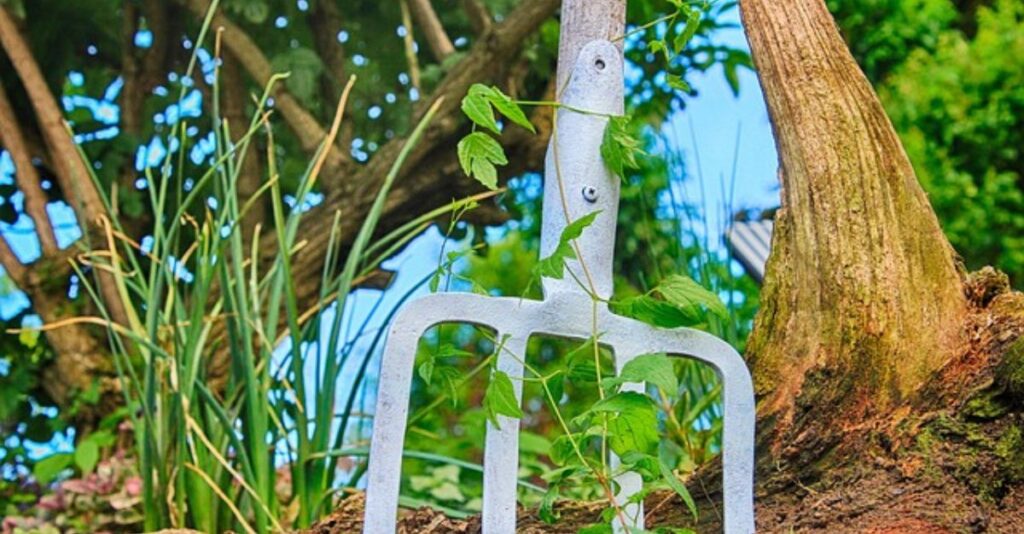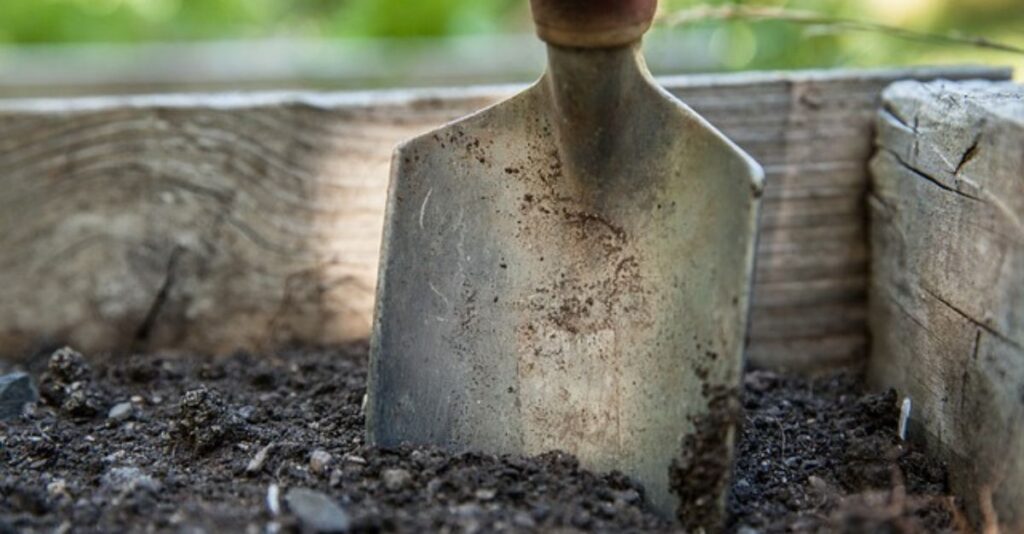Introduction
3 Essential Tools for a Compact Roof Garden
A roof garden is a refreshing green space that brings nature closer to your living space, especially in urban environments. With limited space and exposure to the elements, creating a flourishing rooftop garden requires the right tools. Whether you’re a beginner or a seasoned gardener, having a few essential tools on hand can make all the difference in your gardening journey..
3 Essential Tools for a Compact Roof Garden

🌿 1. Space-Saving Gardening Tool Set
Why It’s Essential:
A compact garden tool set usually includes a trowel, transplanter, pruning shears, and cultivator, all designed for small-scale gardening. These tools help with planting, weeding, trimming, and soil management without taking up much storage space.
Features to Look For:
- Rust-resistant stainless steel
- Ergonomic handles
- Multi-functionality (e.g., trowel with measurement marks)
Pro Tip:
Choose a set that comes with a tool organizer bag or wall-mount holder to save space and keep your rooftop clutter-free.
🌿 2. Self-Watering Planters
Why It’s Essential:
Self-watering planters reduce the frequency of manual watering—perfect for busy city dwellers. These planters have a built-in reservoir system that ensures your plants receive consistent moisture.
Benefits:
- Prevents over or under-watering
- Conserves water
- Encourages healthy root growth
Pro Tip:
Use these for herbs, leafy greens, and flowering plants that need consistent hydration.
🌿 3. Lightweight Hose or Watering Wand
Why It’s Essential:
Watering is a daily task, and carrying buckets upstairs isn’t sustainable. A lightweight expandable hose or watering wand connected to a rooftop tap makes the process easier and more efficient.
Features to Look For:
- Adjustable spray settings
- Flexible material to prevent tangling
- Compact, retractable design for storage
Pro Tip:
Install a hose hanger or retractable reel to prevent mess and extend the life of your hose.
🌱 Trends in Compact Roof Gardening (2025)

As urban living becomes increasingly dense, compact roof gardens are more than just a trend—they’re a lifestyle shift. In 2025, garden enthusiasts and city dwellers alike are transforming their rooftops into lush, productive spaces. Here are the top trends shaping compact roof gardening this year:
1. Smart Gardening Technology
The rise of smart sensors, automated watering systems, and climate-monitoring apps has made roof gardening easier and more efficient.
- Smart irrigation systems adjust water delivery based on weather forecasts and soil moisture.
- Plant health sensors track growth, alert for pests, and recommend nutrients via mobile apps.
- Voice-controlled garden gadgets (compatible with Alexa or Google Home) are gaining popularity.
2. Vertical & Modular Gardening Solutions
With limited horizontal space, vertical gardening is booming in compact roof gardens.
- Modular planters, stackable containers, and wall-mounted growing systems are ideal for maximizing growth in a small area.
- Hydroponic towers and hanging gardens allow for year-round vegetable and herb production.
3. Eco-Friendly and Sustainable Materials
Sustainability is at the heart of modern rooftop gardening.
- Gardeners are turning to biodegradable pots, compostable grow bags, and organic fertilizers.
- Recycled wood and pallets are being reused for raised beds and seating.
- Rainwater harvesting systems are being installed to reduce water waste.
4. Edible Landscaping & Micro-Farming
More people are growing their own food on rooftops.
- Microgreens, cherry tomatoes, herbs, and strawberries top the list of easy-to-grow edible plants.
- Rooftop composting bins and DIY greenhouses support year-round harvesting.
- Bee-friendly plants and pollinator zones are being incorporated to support biodiversity.
5. Wellness-Focused Design
Compact roof gardens are becoming wellness retreats.
- Incorporating meditation zones, yoga platforms, and aromatic herb gardens creates a calming escape from city life.
- LED ambient lighting and outdoor-friendly furniture make rooftop gardens usable both day and night.
6. Climate-Resilient Gardening
With rising concerns about climate change, gardeners are adapting:
- Growing drought-tolerant plants and heat-resistant vegetables like okra, eggplant, and peppers.
- Using mulch layers and shade cloths to protect delicate plants from excessive sun or wind.
In 2025, compact roof gardening is not only about growing plants—it’s about creating a self-sustaining, smart, and soulful urban space. Whether you’re a city dweller or eco-conscious gardener, these trends help you make the most of your rooftop while staying stylish and sustainable.
🌼 Suggestions for Successful Roof Gardening
Starting and maintaining a roof garden requires careful planning and ongoing care. Here are some essential suggestions to ensure your compact rooftop garden thrives—no matter your skill level or location.

1. Assess Structural Integrity and Weight Capacity
Before setting up any garden infrastructure, check if your roof can support the extra weight.
- Consult with a structural engineer.
- Use lightweight containers and soil mixtures.
- Distribute weight evenly to prevent stress on any one area.
2. Choose the Right Plants for Rooftop Conditions
Rooftops are often more exposed to wind, heat, and sun.
- Opt for heat-tolerant and wind-resistant plants like succulents, lavender, or dwarf fruit trees.
- Use shade-loving varieties in sheltered areas.
Pro Tip: Group plants with similar light and water needs together to simplify care.
3. Use Lightweight Containers and Soil
Heavy pots can stress your roof structure.
- Choose containers made from plastic, fiberglass, or resin.
- Use lightweight potting mix with vermiculite or perlite for good drainage.
Bonus Suggestion: Add wheels or rolling stands under heavy pots for easy movement.
4. Install a Reliable Watering System
Manual watering becomes tiresome over time.
- Set up a drip irrigation system or use self-watering planters.
- Consider connecting a rainwater collection system if allowed.
5. Create Windbreaks and Shade
Wind can quickly dry out soil and damage plants.
- Use bamboo screens, mesh panels, or potted shrubs as windbreaks.
- Install shade cloths or pergolas for sun-sensitive plants.
Eco Idea: Grow vertical climbers like beans or ivy to act as natural shade providers.
6. Ensure Proper Drainage
Water pooling can damage plants and your roof.
- Elevate pots using pot feet or pallets.
- Install gravel trays beneath containers to improve drainage and reduce roof contact.
Safety Note: Regularly inspect your roof surface for leaks or signs of damage.
7. Incorporate Organic Gardening Practices
Go green while gardening!
- Use composted kitchen waste as fertilizer.
- Avoid chemical pesticides—use neem oil or companion planting to deter pests naturally.
- Rotate plant types seasonally to maintain soil health.
8. Regular Maintenance is Key
- Prune regularly to control plant size and encourage growth.
- Weed often to avoid nutrient competition.
- Monitor for pests and diseases using natural remedies.
Set a weekly schedule for routine care—it pays off in the long run!
9. Add Seating or a Relaxation Corner
Don’t forget that your roof garden is also a place to relax!
- Include a folding chair, hammock, or small bistro set.
- Use solar-powered string lights to make it usable in the evening.
10. Keep Safety in Mind
- Install railings or fences if not already present.
- Make sure all gardening equipment is stored properly to avoid accidents.
- Avoid using glass or breakable materials that could fall or shatter.
Start small, observe how your space reacts to plants and climate, and gradually expand. With the right approach, your rooftop can transform into a sustainable, serene green haven.
✅ Conclusion
Creating a thriving roof garden doesn’t require a shed full of tools. By investing in these three essential tools—a compact gardening tool set, self-watering planters, and a lightweight hose—you’ll make your rooftop garden more efficient, organized, and enjoyable. Combine them with the latest trends and practical suggestions, and you’re well on your way to building a lush, sustainable rooftop retreat.
📚 References
- American Horticultural Society. (2024). Urban Gardening Tips.
- Royal Horticultural Society. (2023). Rooftop Gardening Essentials.
- Green Roofs for Healthy Cities. (2024). Rooftop Garden Design Guidelines.
❓FAQs
Q1: Can I start a roof garden without a water connection?
A: Yes, but it’s more challenging. Use self-watering planters and collect rainwater with barrels if permitted.
Q2: Are self-watering planters suitable for all plants?
A: They’re ideal for herbs, vegetables, and most flowers, but not for cacti or succulents that prefer drier soil.
Q3: How do I protect my roof garden from strong winds?
A: Use windbreaks like trellises or mesh fencing and position heavier pots around the perimeter.
Q4: How often should I fertilize my roof garden?
A: Every 3–4 weeks during the growing season using organic or slow-release fertilizers.
Q5: What is the best soil for rooftop gardening?
A: Use lightweight, well-draining soil mixes specifically designed for container gardening.

